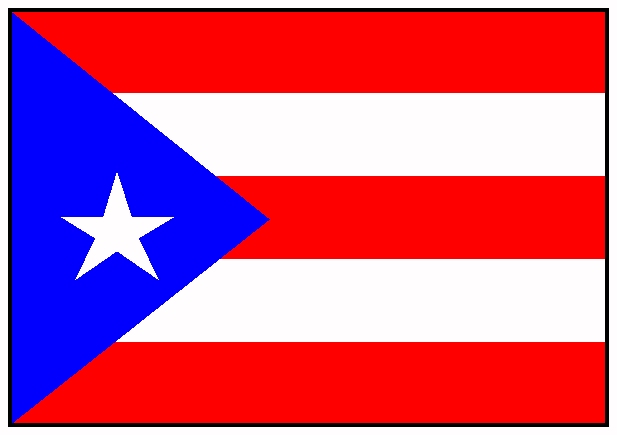Influence of Immigration and the Messages Conveyed Through Different Latino Music
The time and origin of Latino immigrants into the U.S. has divided them geographically and has greatly influenced the treatment that they have received once within the United States. Although there are Latino immigrants from South and Central America in the U.S., the largest immigrations were from Mexico and Cuba. Both of these immigrants have greatly influenced the hip-hop movement. The problems that these immigrants, which are dependent on the time and origin of their immigration, are readily present in their contributions that they have made to the hip-hop movement. The Mexican experience of immigration deals with immigrating to a land that they once possessed but was unjustly taken through the Mexican-American War and the Treaty of Guadalupe. Throughout the U.S. history, Mexican influence has been unwanted in the United States unless it is through the Bracero Program or other worker programs on which the U.S. functions. This immigration has led to the majority of Mexican immigrants living in the Southwestern part of the United States. Although this trend is changing, this was definitely prevalent during the formation of the hip-hop movement.This led to the majority of Latino hip-hop issues,coming from the South-West, to pertain to Mexican issues such as crossing the border and understanding the unique role that Mexicans have in U.S. society. Another issue that comes through the hip-hop movement is the role that Mexicans play as seasonal workers to help farmers while not being wanted to adapt into the American culture. The Mexican movement in the 1960’s rallied around the land of Aztlan, where the Aztecs supposedly originated before they moved to what is known as Mexico City. This idea of Aztlan is demonstrated in many early Hip-Hop artists, such as Kid Frost, as they call for a unification of “la raza” in order to organize and protest for equal rights within a white society. The idea of Aztlan is still used today to unify the Mexican-American population. This can be seen through the website Digital Aztlan that uses the image of Aztlan to promote the issues of Mexicans in Los Angeles. The Cuban experience of immigration is much different than that of Mexicans. The Cuban immigration started with the successful government takeover by Fidel Castro. The initial Cuban immigrants were seen as political refugees seeking refuge from a military dictatorship. Thus, the first Cuban immigrants were welcomed into the United States; most of them settling in Miami and New York. Although there has been a total of four major waves of immigrants from Cuban, one of the most recent being the marielitos, these immigrants are still seen as political refugees instead of immigrants. This has led Cuban rappers to deal with issues over their exodus to the United States and other issues that pertain to Cuba. For example, Pitbull’s newest release is titled El Mariel, in reference to the third wave of political refugees from Cuba, and refers to his families exodus from the island. Although simple in context and in historical background, the above historical references show that there is a connection between the location of Latinos, the treatment they received, the messages they convey through their music and their immigration to the United States.
|
||


